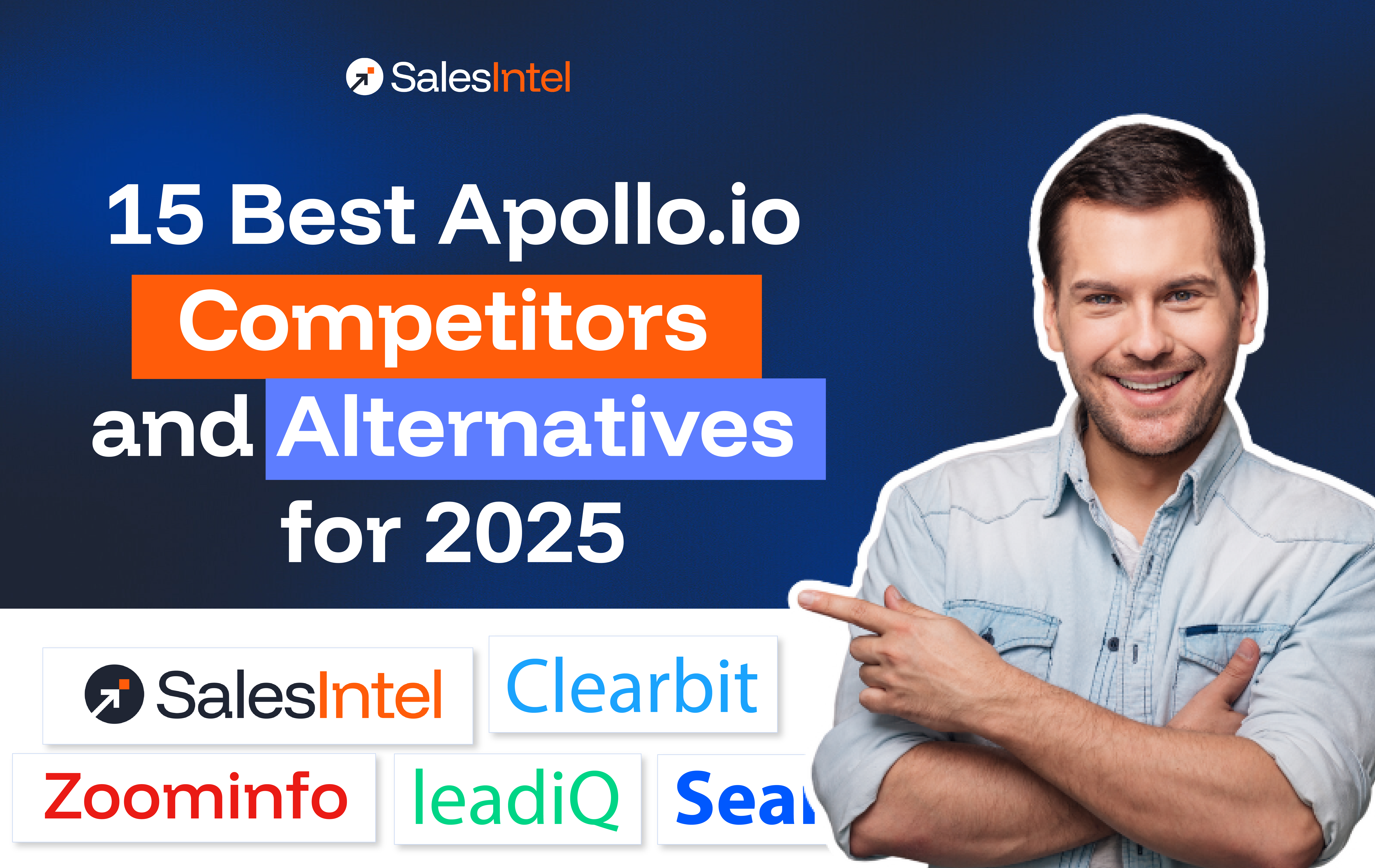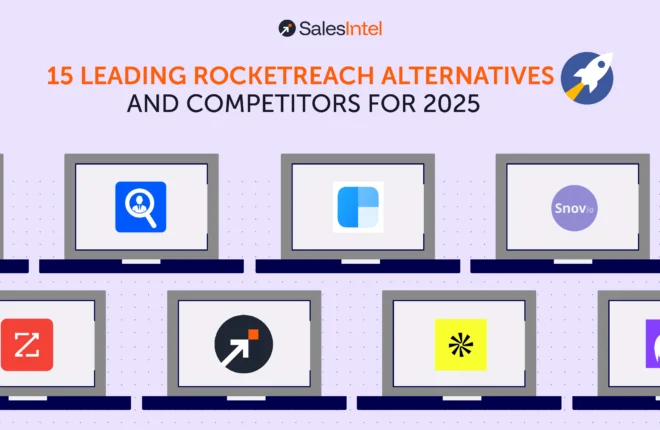The traditional B2B buyer’s journey has been overtaken by “self-directed buyers.”
B2B decision-makers have more content at their fingertips than ever before. This is a fantastic step forward for B2B consumers. They’re empowered with self-sourced information that ultimately makes them well-informed buyers. This new path has quickly become the preferred journey. Gartner reports upwards of 70% of B2B decision-makers are willing to purchase without speaking to a representative.
This massive disruption to traditional buying behaviors also impacts the effectiveness of go-to-market and selling tactics. Existing seller practices and even some marketing channels are not performing at the anticipated level.
It’s time to adapt. First, let’s understand where the change is and how this impacting both B2B consumers and vendors.
Traditional vs. Self-directed B2B Buyers Journey
In its simplest form, the buyer’s journey is completed in three steps:
- Awareness: The buyer becomes aware that they have a problem.
- Consideration: The buyer defines their problem and considers options to solve it.
- Decision: The buyer evaluates and decides on the right provider to administer the solution.
During the traditional B2B buying journey behaviors of the 2010s, B2B companies would expect an inbound lead to be at the consideration stage. The prospect realizes they have a challenge and need more details from the provider to determine if there is a fit. This isn’t the case today.
| Traditional B2B Buyers Journey Mapped to B2B Selling Behavior | |
| Awareness | Feels the internal pain
Research on websites, social media, etc. |
| Consideration | Contacted by/Contacts Sales Team
Sent to BDR for qualification stage Passed to Account Executives if a fit |
| Decision | Gets to see the product
Questions answered by the Account Executive Purchase decision made together |
Prospective buyers are increasingly bypassing traditional sales channels, conducting extensive research independently, and entering the decision stage before interacting with sales teams. This shift towards self-directed buying represents a significant departure from the traditional B2B buyers’ journey, presenting both opportunities and obstacles for GTM teams.
Self-Direct Buying Challenges for the Buyers
Buyer Fatigue and Information Overload: Self-directed buyers are often overwhelmed with information. The volume of emails and thoughtless outreach in the traditional automated environment can be exhausting for buyers. Yet, this directly contributes to the second challenge.
Lack of Knowledge on Product Purchase: While buyers may not want to talk to a sales representative, there is a need to be educated on the value and functionality of products. If a B2B decision maker purchases a specific product for the first time, they may not fully understand how to buy a product, what it does, or how to measure its impact. This can lead to selecting the wrong solution and buyer’s remorse.
Resistance to Traditional Sales Approaches: B2B decision-makers want as little friction in the purchasing process as possible. They often have specific questions and want them answered within the first interaction. Traditional sales processes, with set qualification stages and multiple meetings to confirm and reconfirm information, aggravate well-informed buyers who have already conducted their own research.
Self-Direct Buying Challenges for GTM Teams
Declining Effectiveness of Traditional Practices: Traditional channels are not working because of the change in the B2B buyer’s journey. Buyers have always disliked irrelevant messaging, annoying ads, pop-ups, and faceless brands. Now they are completely dismissive of any invasive marketing without creativity or personalization. (No, we don’t just mean dynamic tags).
Outdated and Gated Sales Processes: As much as B2B decision makers love using the traditional buying journey model to track and qualify every prospect at every step of the journey, they abhor going through it themselves. B2B organizations that do not adapt their sales processes to cater to this change will struggle to succeed.
Need for Human Connection: Despite the rise of self-directed buying, the importance of human connection remains, and buyers still appreciate personal interactions. The question then becomes, where are those interactions most impactful?
How to Adapt to the Self-Directed B2B Buyer’s Journey
Lower barriers for buyers
There are three ways you can lower barriers for B2B decision-makers.
First, companies offering Product-Led Growth, or PLG, options will have the best chance of capturing these prospects. B2B decision makers can get a first-hand look at your product or service, and the vendor can send direct personalized content to encourage an upgrade or full-scale solution.
Yet, not every business is suited to a PLG motion. The cost is too high, or the product is too complex for a buyer to successfully navigate independently. These organizations can take advantage of the other two options for lowering barriers.
Second, provide a free access demo or experience. This will give the same freedom to inspect the solution without speaking to the sales team. Or, if you don’t have the means or ability to create a self-directed path, then you have the last option – simplify the steps in your sales process.
The self-directed buyer’s journey is gaining momentum partly due to fatigue from traditional sales tactics. B2B decision makers are tired of this experience:
- Fill out a form
- Be sent to a business development representative to be qualified.
- Set another meeting with an account executive
- Reconfirm with the AE what you told the BDR
- Be taken through another round of discovery
- Then, maybe, they’ll see what they came to see
While the above process is familiar and has historically ensured only qualified leads can see your solution, it’s no longer effective. Getting the B2B decision maker to what they want to see as quickly as possible is in the seller’s best interest.
Engage B2B decision makers earlier
Getting your brand and message in front of buyers in the awareness stage is vital to success. As described above, buyers communicate with vendors only when they have completed research and are ready to talk. Often, that’s at their decision phase. If marketers still hold the “build an offer with a form and they will come” mentality, they’re already behind.
Leveraging intent data sources is one way to reach B2B decision-makers sooner. It provides signals into the research behavior that help you identify which accounts are more apt to talk with you. It also allows you to create hyper-personalized messaging to the level of intent a B2B decision-maker has. Whether it’s sales outreach or an email marketing campaign, using intent data as a layer of your segmentation building increases the chances of higher engagement from your target audience.
There are multiple tools available that offer intent and multiple types of intent to choose from. More intent is better if GTM teams can operationalize it effectively.
Embrace brand-led channels
If intent data is the first side of the coin, brand-focused channels are the other. The two must work together. Reaching the right audience at the right time doesn’t always help if they don’t know who you are – especially in B2B SaaS. Investing more time in brand-focused channels such as community, partnerships, social media, influencer marketing, direct-mail campaigns, etc., paired with intent data creates a recipe for success in the future.
Brand awareness channels can be the slowest adoption for organizations because they have proven difficult to provide a direct cause-and-effect relationship to ROI. This doesn’t make them any less important, it simply makes getting buy-in from leaders more difficult. Organizations that adopt higher levels of reporting for these channels have the best likelihood of reaching and understanding the modern B2B decision-maker.
To sum up, the trend towards self-directed B2B buying journeys represents a fundamental departure from traditional purchasing patterns, impacting both buyers and GTM strategies. Although empowering consumers with vast information resources, it presents a challenge for businesses accustomed to more direct sales approaches.
To excel in this new environment, companies must prioritize initiatives like simplifying the buying process, engaging customers earlier in their journey, and investing in brand-led channels. Adaptation is key to staying competitive.




